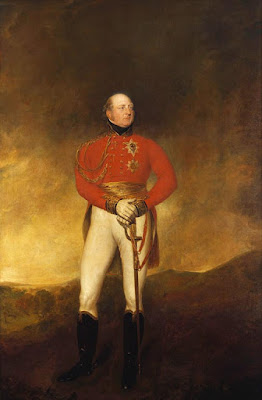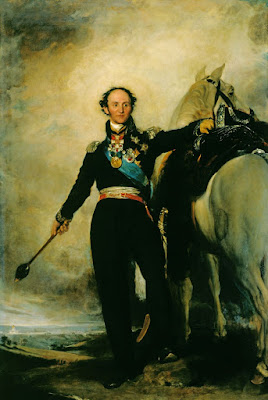Category: Duke of Wellington Tour
THE DUKE OF WELLINGTON TOUR: BOATING ON THE THAMES
The next morning, we made our way down to the Thames for a River Cruise with river tour operators, French Brothers. During our coach ride to the River, we glimpsed an antique shop in Thames Street whose windows were simply chock-a-block with tempting items. Promising the group an impromptu visit to the shop afterwards, we continued on to the River.
Our River cruise was a relaxing interlude, but the group had not forgotten our pledge to take them antiquing afterwards, so we made our way back to the shop, whose name we cannot, alas, recall, and in we all trooped. As is her usual modus operandi, Kristine asked the proprietor whether they had any Wellington items for sale and was disappointed when told they had not. No matter, we browsed at a leisurely pace, with each of our group seeking out treasures reflecting their own individual interests. Before long, our adorable Ki pointed out a particular display case, in which sat a miniature of none other than the Duke of Wellington. This case, it transpired, belonged to one of the many dealers who rented space in the shop and so the man on duty had not been aware of this miniature, which Kristine scooped up without further hesitation. Score!
THE DUKE OF WELLINGTON TOUR: THE WATERLOO CHAMBER AT WINDSOR CASTLE
Royal Collection Trust/© Her Majesty Queen Elizabeth II 2014
North Wall, Upper Level
This portrait is a copy Lawrence and his studio made based on his painting of George III commissioned by the MPs of the City of Coventry in 1792.
East Wall, Upper Level
East Wall, Lower Level
South Wall, Upper Level
South Wall, Lower Level
West Wall, Upper Level
West Wall, Lower Level
For a virtual tour of the Waterloo Chamber, click here.










































